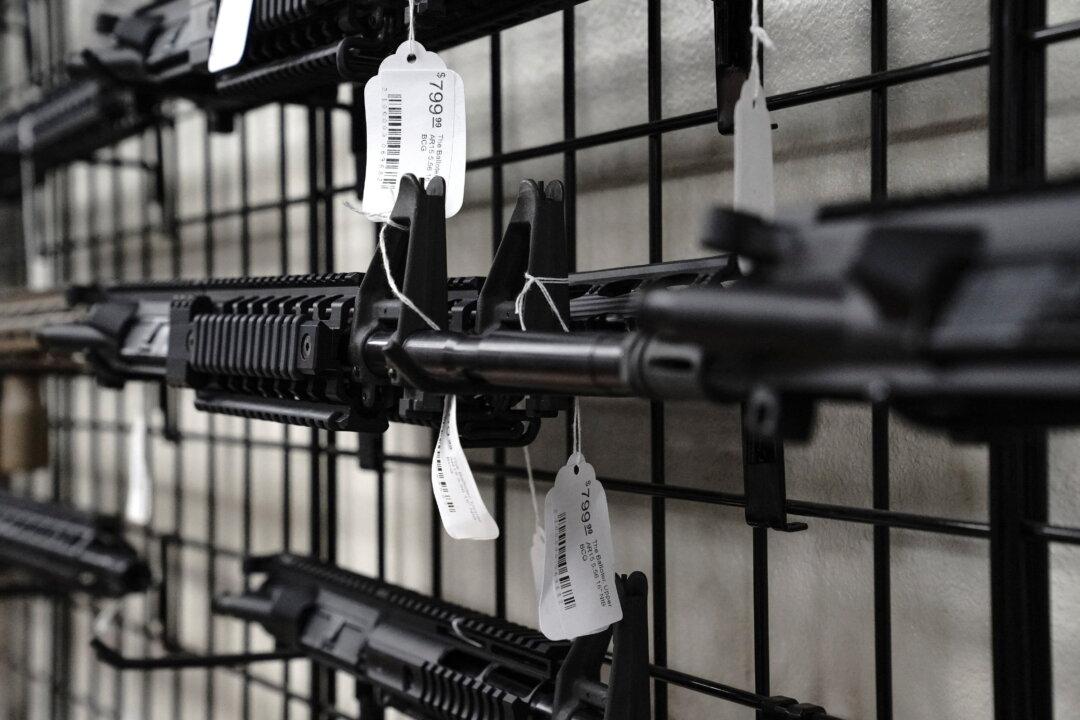The legal challenge to the Liberal government’s order to ban over a thousand models of firearms is being heard in federal court this week.
Multiple suits were filed after the federal government designated in May 2020 a set of then-legal firearms as prohibited. A buyback program estimated to cost hundreds of millions of dollars is yet to become operational.





